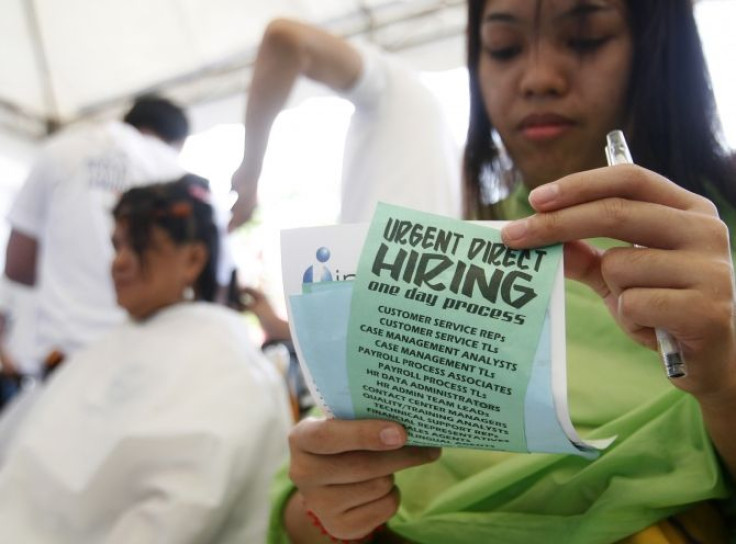Unemployed Americans More Likely to Die than Unemployed Germans

A study conducted at the University of British Columbia found that unemployed Americans face a greater risk of dying than their German counterparts, and that the risk of death increased as they moved down the rungs of the economic ladder.
Researchers, led by Chris McLeod, a post-doctoral fellow with the Human Early Learning Partnership, studied mortality rates of unemployed minimally, medium and highly skilled workers in the United States and Germany between the years of 1984 and 2005. All of the groups' mortality rates increased against their employed peers, but the differences were extreme when assessing minimally-skilled and medium-skilled workers. Minimally-skilled and medium-skilled workers in the United States were seven and 3.5 times more likely to die than employed highly skilled Germans or Americans, respectively.
Though both Germany and the United States are developed countries, their approaches to employment are vastly different. Germany has a coordinated market economy, amd places more emphasis on empolyment and unemployment protection, such as employee benefits and laws preventing firing of employees. The United States, meanwhile, is a liberal market economy and places less emphasis on employee and unemployment benefits. Nearly 75 percent of unemployed Germans receive some benefits while that number is just 19 percent for unemployed Americans.
For the study authors, they theorize that the loss of a job for minimally and moderately skilled workers meant not just the obvious - the loss of a job - but also the placement at the bottom of the labor pool. They hypothesize that "the unemployment-mortality relationship may be mediated by the institutional and economic environment," through increased training and educational opportunities, employment protections, and availability of housing and welfare benefits.
Germany's unemployment rate was 6.8 percent in June. The unemployment rate in the United States was 8.2 percent.
The study was published in the American Journal of Public Health.



























